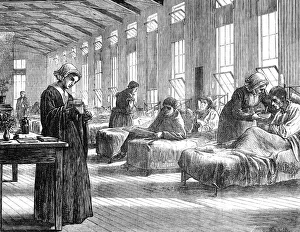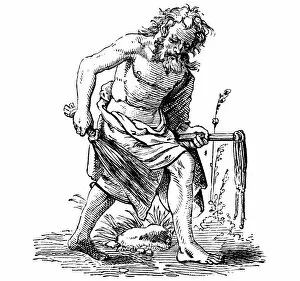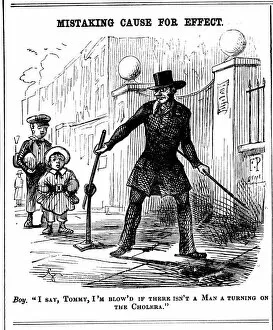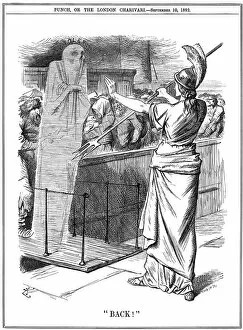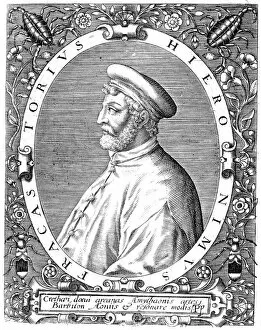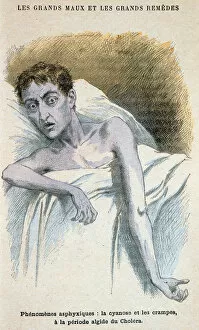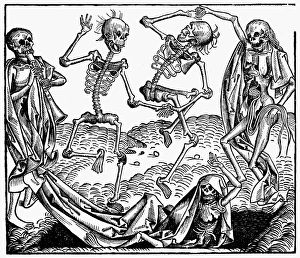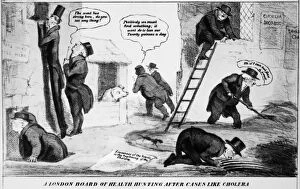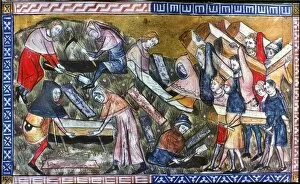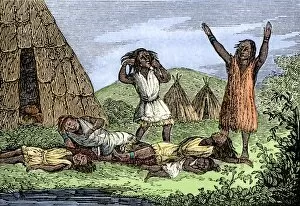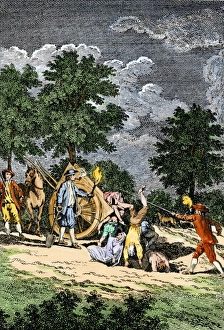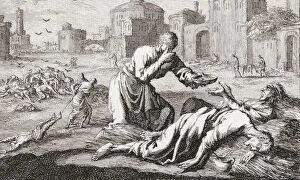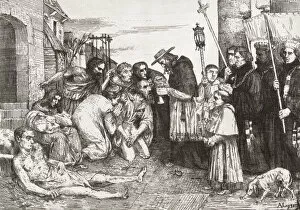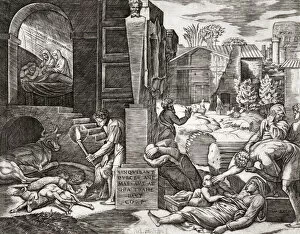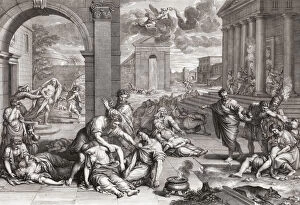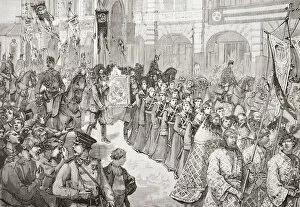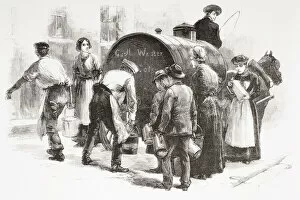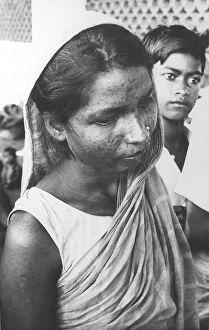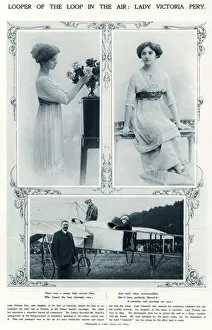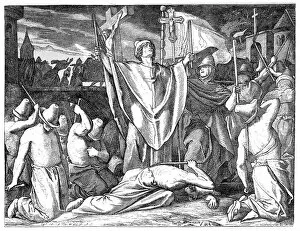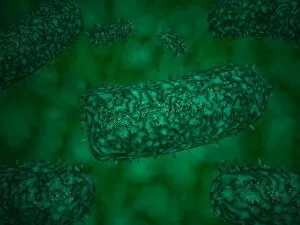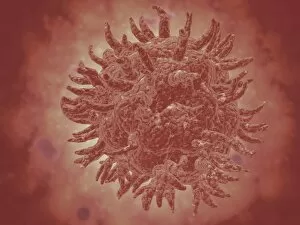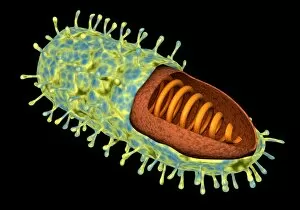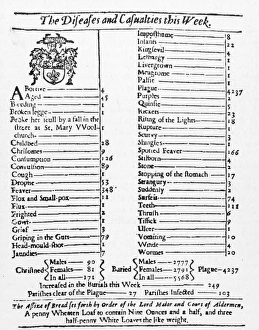Epidemic Collection (page 9)
"The Perils of Epidemic: A Historical Journey Through Disease and Vaccination" Step back in time to the year 1802
All Professionally Made to Order for Quick Shipping
"The Perils of Epidemic: A Historical Journey Through Disease and Vaccination" Step back in time to the year 1802, as we delve into the satirical etching by James Gillray titled "The Cow-Pock. " This artwork sheds light on Edward Jenner's groundbreaking discovery of vaccination against smallpox. Witness how this medical breakthrough sparked a revolution in disease prevention. Fast forward to the 17th century, where we encounter a haunting figure known as the Plague Doctor. Adorned with a beak-like mask and long cloak, this enigmatic character symbolizes the fear and despair that engulfed communities during outbreaks of deadly diseases like bubonic plague. In 1866, an eye-opening cartoon called "Deaths Dispensary" highlighted water pollution as a source of disease. It serves as a stark reminder that even seemingly harmless elements can become breeding grounds for epidemics if left unchecked. Meanwhile, another cartoon from the same year warns about pollution's detrimental effects on public health. The image aptly named "POLLUTION CARTOON" emphasizes how contaminated water sources can lead to widespread illness and death. Venturing further into history, we stumble upon Whitstable's Oyster Catch - an eerie reminder of how foodborne illnesses have plagued societies throughout time. This cautionary tale reminds us that even indulging in culinary delights may come at great risk during times of epidemic. London's Great Plague of 1665 is vividly depicted through a contemporary English woodcut entitled "Lord, have mercy on London. " This chilling artwork captures the desperation and devastation caused by one of history's most infamous pandemics. Moving ahead to 1851, we confront "Death as Assassin, " portrayed through a haunting wood engraving. Here death personified lurks amidst society like an unseen assassin ready to strike at any moment – reminding us that epidemics spare no one regardless of social status or wealth. Cuba, circa 1900, witnessed the conquest of Yellow Fever.

